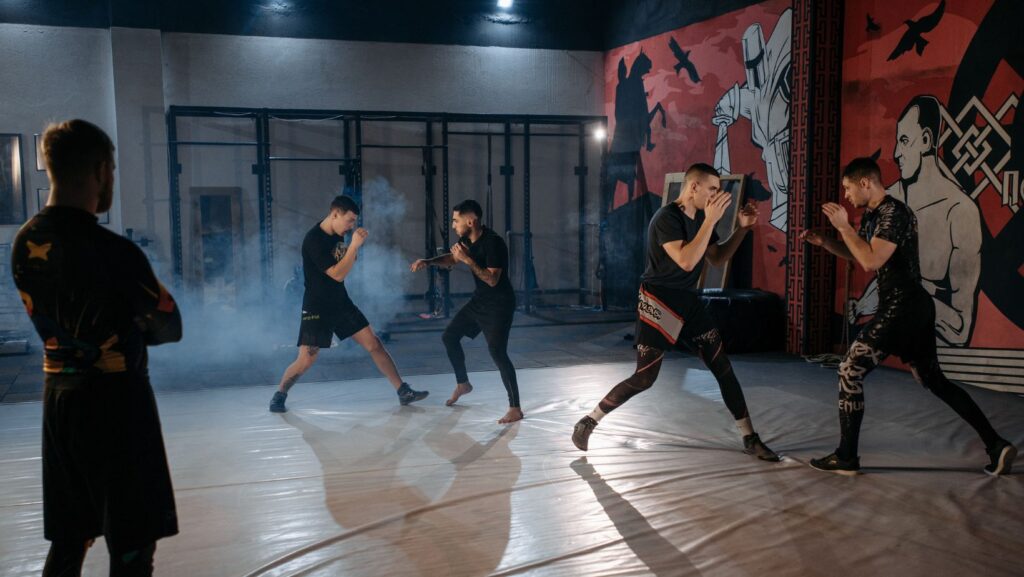
The dynamic realm of sports witnesses constant evolution. Athletes at the heart of this universe often drive and reflect significant trends that extend beyond the field.
Professional athletes have often led the charge in societal interest in dietary revolutions like plant-based meat alternatives. Adult athletes who consume tobacco products have been at the forefront of tobacco alternatives, such as MMA heavyweight champion Stipe Miocic, a prominent user of Black Buffalo’s nicotine pouches.
Not only do athletes adapt to the changing nature of the games they play, but they also set precedents for aspiring professionals and enthusiasts alike. Here, we highlight some prominent trends among athletes in recent years.
Technological Integration for Performance Enhancement
With the advancement of technology, athletes are increasingly integrating wearables and data analytics into their training regimes. Tools like smart shoes, wristbands, and glasses offer real-time feedback on performance metrics, such as heart rate, stride length, and fatigue levels.
This data, when analyzed, allows athletes to optimize their training, avoid overexertion, and predict potential injuries. Moreover, virtual and augmented reality setups enable players to simulate game scenarios and refine their strategies.
Holistic Well-being and Mental Health Focus
The rigorous demands of professional sports have brought the importance of mental health for athletes into the spotlight. Athletes are becoming vocal about their struggles with anxiety, depression, and the pressures of the limelight.
This transparency is helping break the stigma around mental health, leading organizations and teams to incorporate psychologists and well-being programs into their regular practices. Certain athletes are also exploring mindfulness, meditation, and yoga as supplementary practices to enhance their mental resilience.
Dietary Shifts and Personalized Nutrition
Nutrition has always played a pivotal role in an athlete’s life. However, these days, there’s a noticeable shift towards personalized nutrition plans based on genetic makeup, body type, and specific sports requirements.
Veganism and plant-based diets are gaining traction among athletes, backed by claims of improved energy, reduced inflammation, and faster recovery times. Sports nutritionists are leveraging biometric data to design diets that cater to individual needs, enhancing performance and overall well-being.
Adaptive Training and Cross-Training
To reduce the risk of injuries and enhance versatility, athletes are increasingly indulging in cross-training. This involves participating in multiple sports or activities that complement their primary sport.

For instance, a basketball player might incorporate swimming into their routine to improve their cardiovascular stamina. Similarly, adaptive training, which focuses on adjusting training methodologies based on individual needs and responses, is gaining popularity. This approach ensures that athletes receive the most beneficial training without excessive strain.
Sustainability and Eco-conscious Initiatives
Understanding of the environmental impact of sports is growing, from equipment manufacturing to the infrastructural demands of massive sporting events. Athletes, recognizing their influence, are increasingly endorsing and advocating for sustainable practices.
From using eco-friendly sportswear and gear to supporting green initiatives within their respective sports leagues, athletes are taking the lead in promoting sustainability in sports.
Embracing Digital Platforms for Fan Engagement
The age of social media has changed how athletes interact with their fans. Personal brand building through platforms like Instagram, Twitter, and TikTok allows athletes to maintain a more direct and engaged relationship with their followers.
This isn’t limited to sharing highlights from games. It extends to giving fans a peek into players’ daily lives, training routines, and even personal opinions. This trend is democratizing celebrity athlete status and making them more accessible to the average fan.
Investment in eSports and Digital Gaming
With the rapid rise of eSports, traditional athletes are showing a keen interest in the digital gaming realm. Many endorse and invest in eSports teams, platforms, and tournaments. This coming together of traditional sports and eSports underscores the broadening definition of athleticism. It’s a sign of how athletes diversify their interests and portfolios to stay relevant in the changing landscape of sports entertainment.
Personalized Recovery and Regenerative Techniques
Beyond traditional physiotherapy, athletes are now delving into a range of hyper-individualized recovery modalities. Techniques like cryotherapy, infrared saunas, and flotation therapy are gaining popularity for their potential benefits in speeding up recovery, reducing muscle soreness, and improving sleep quality.

Regenerative medicine, like platelet-rich plasma (PRP) and stem cell therapies, is also gaining traction among elite athletes to heal injuries faster and more effectively.
Final Thoughts: Beyond the Finish Line
The trends we observe among athletes reflect a broader shift in societal values, technological advancements, and our understanding of human potential. As we continue to be inspired by our sports icons, we should consider the ways in which we, too, can take part in these trends.













